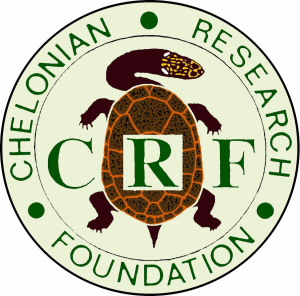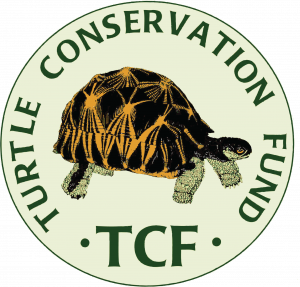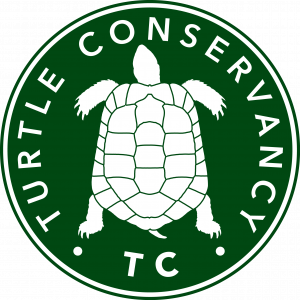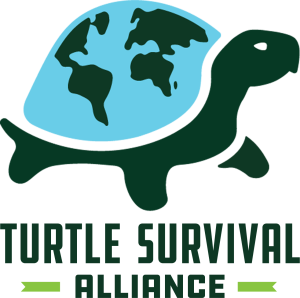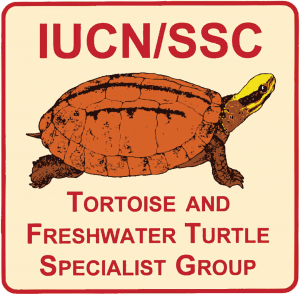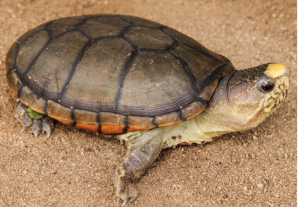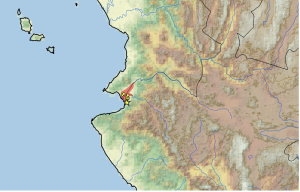Kinosternon vogti, 132
Kinosternon vogti López-Luna, Cupul-Magaña,
Escobedo-Galván, González-Hernández, Rangel-Mendoza,
Ramírez-Ramírez, and Cazares-Hernández 2018 –
Vallarta Mud Turtle, Casquito de Vallarta
Nadin E. López-González1,2, Torsten Blanck2, Fabio G. Cupul-Magaña1,
Jose Rafael Nolasco-Luna1,3,4, Peter Praschag2, Marco A. López-Luna5,
Taggert G. Butterfield6, Gabriel Barrios-Quiroz7, and Shannon Diruzzo2
1Centro Universitario de la Costa, Universidad de Guadalajara, Av. Universidad 203,
Puerto Vallarta, Jalisco 48280, Mexico [[email protected]; [email protected]];
2Turtle Island, Graz, Austria [[email protected]];
3Universidad Autónoma de Nayarit, Tepic, Nayarit, Mexico;
4Centro Nayarita de Innovación y Transferencia de Tecnología A.C., Tepic, Nayarit, Mexico [[email protected]];
5División Académica de Ciencias Biológicas, Universidad Juárez Autónoma de Tabasco,
Carr. Villahermosa-Cárdenas km 0.5, Villahermosa, Tabasco 86039, Mexico [[email protected]];
6Estudiantes Conservando la Naturaleza A.C., Plateros 5,
Álamos, 85760 Sonora, Mexico [[email protected]];
7Ecologia y Conservación Dharma A.C., Carr. Yahutepec-Tepoztlán km 7.5,
Barrio de Santiago Tepetlapa 62520, Tepoztlán, Morelos, Mexico [[email protected]]
Summary. – The Vallarta Mud Turtle, Kinosternon vogti (family Kinosternidae), is one of the most recently described turtle species and unfortunately also one of the most critically endangered. It is restricted to the Bahía de Banderas Valley in western Mexico, an area of only approximately 263 sq. km. It is the smallest turtle species known, with males reaching an average straight-line carapace length (SCL) of 76.4 mm, rarely exceeding 90 mm SCL and females reaching an average SCL of 78.4 mm, rarely exceeding 100 mm SCL. The species occurs in freshwater habitats and currently has a severely reduced estimated Area of Occupancy (AOO) of less than 0.3 sq. km. Courtship and oviposition occur during the rainy season (June to October). One to five eggs per clutch are laid, with up to three clutches per season. Hatchlings emerge after 100–263 days of incubation following a diapause, and measure 19–23 mm in SCL. While some conservation actions have been implemented by organizations and academic institutions, no protected habitat exists. The species has successfully reproduced in captivity since 2023, and although an in-situ Conservation Center was built in 2024 to provide an assurance colony for the species, ongoing poaching and theft of captive breeding animals have hampered conservation efforts.
Distribution. —Mexico. Endemic to Bahía de Banderas Valley, Jalisco and Nayarit.
Synonymy. — Kinosternon vogti López-Luna, Cupul-Magaña, Escobedo-Galván, González-Hernández, Rangel-Mendoza, Ramírez-Ramírez, and Cazares-Hernández 2018.
Subspecies. — None.
Status. — IUCN 2025 Red List: Critically Endangered (CR A1d+2d) (assessed 2022; Cupul-Magaña et al. 2022). CITES Appendix I (since 2022). EUCR: Annex A (since 2023). Norma Oficial Mexicana NOM-059-SEMARNAT-2019: Endangered species list (since 2019).
Citation:
López-González, N.E., Blanck, T., Cupul-Magaña, F.G., Nolasco-Luna, J.R., Praschag, P., López-Luna,M.A., Butterfield, T.G., Barrios-Quiroz, G., and Diruzzo, S. 2025. Kinosternon vogti López-Luna, Cupul-Magaña, Escobedo-Galván, González-Hernández, Rangel-Mendoza, Ramírez-Ramírez, and Cazares-Hernández 2018 – Vallarta Mud Turtle, Casquito de Vallarta. In: Rhodin, A.G.J., Iverson, J.B., van Dijk, P.P., Stanford, C.B., Goode, E.V., Buhlmann, K.A., and Mittermeier, R.A. (Eds.). Conservation Biology of Freshwater Turtles and Tortoises: A Compilation Project of the IUCN/SSC Tortoise and Freshwater Turtle Specialist Group. Chelonian Research Monographs 5(19):132.1–15. doi: 10.3854/crm.5.132.vogti.v1.2025; www.iucn-tftsg.org/cbftt/.
Adobe Acrobat 6.0 or later required)
Adult male Kinosternon vogti from Puerto Vallarta, Jalisco, Mexico.
Photo by Carolina Sánchez Arias.
Distribution:
Estimated historical distribution of Kinosternon vogti in Jalisco and Nayarit, western Mexico. Yellow dots = museum and occurrence records of native populations (some now extirpated) based on literature records (López-Luna et al. 2018; Cupul-Magaña et al. 2022; TTWG 2025); star = type locality. Colored shading = estimated historical indigenous range. Distribution is based on fine-scaled GIS-defined level 12 HUCs (hydrologic unit compartments) constructed around verified localities and then adding HUCs that connect known point localities in the same watershed or physiographic region, and similar habitats and elevations as verified HUCs, then converted into a smaller estimated custom polygon further adjusted based on data from the literature and the authors. Map by Chelonian Research Foundation.


